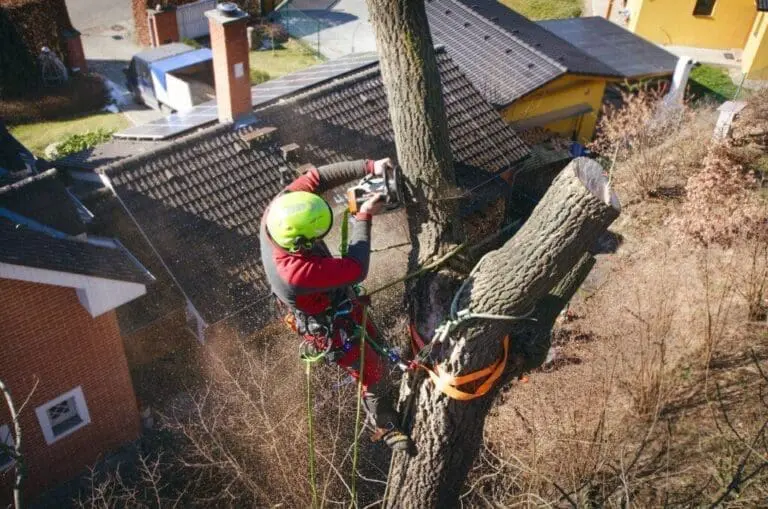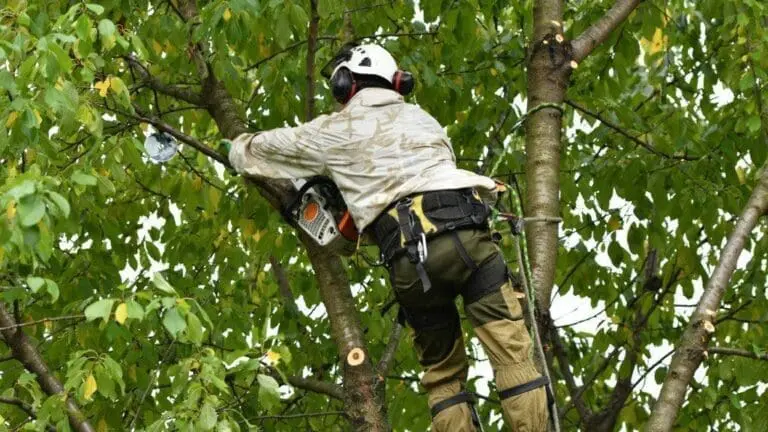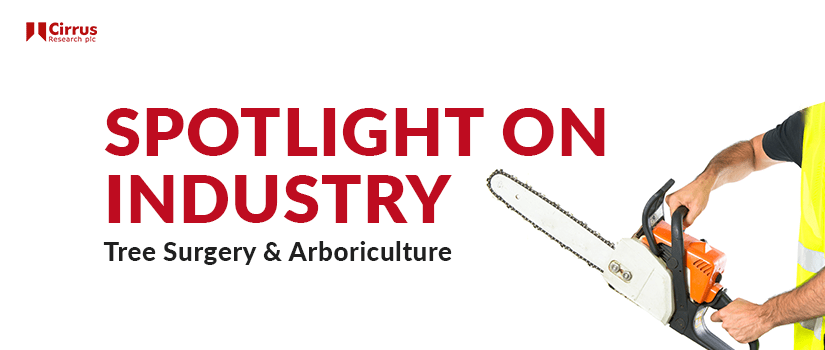Here at Cirrus Research, we wanted to take some time to highlight the effects of noise in different key industries. This month, we’re taking a look at noise and tree surgery and arboriculture.
Noise affects all of us in some way. Although our bosses can’t control how loud we play our music at home or shield us from noisy neighbours, they can and should protect us when we’re at work. The Control of Noise at Work Regulations was introduced in 2005 and set out precisely what employers must do to keep their employees safe from the risks presented by excessive noise. One of the most common things I hear when I tell people where I work is “Oh! I didn’t realise noise measurement was something businesses had to do”. And I can’t count the number of times I’ve seen people carrying out noisy work without wearing the correct level of protection.
But why is noise and tree surgery worth talking about? What risks does noise pose to tree surgeons?
Noise and Tree Surgery: an overview
When you think of tree surgery, noise probably doesn’t top the list when it comes to risks people associate with the profession; working at heights and operating powerful cutting equipment are more likely to feature ahead of dangerous noise levels. However, when you consider the primary tool of any arborist is a chainsaw, that soon changes and the dangers presented to tree surgeons by noise become apparent.
The average noise level of a chainsaw is between 106 and 115 decibels. To put these levels into context: a normal conversation is around 60 decibels and the legal limit at which action must be taken to reduce noise levels is an average of 80 decibels’ exposure over eight hours, also known as the lower action value. 85 decibels over eight hours is the level at which noise becomes harmful and 87 decibels over eight hours is the legal limit as set out in the Control of Noise at Work Regulations 2005.

Working at heights is one of the main occupational risks faced by tree surgeons and arborists
If we take the quieter level of 106 decibels, a tree surgeon can only operate their chainsaw for 7.5 minutes a day without wearing any hearing protection. That time halves for every 3-decibel increase in the noise level, thanks to the logarithmic way sound levels are calculated. That means, if you have a chainsaw at the higher end of the noise level spectrum (115 decibels), the maximum exposure time without hearing protection falls to less than 60 seconds.
Thankfully, hearing protection can drastically reduce these levels, meaning tree surgeons can carry out their work safely, without the risk of damaging their hearing. But what are the dangers to tree surgeons caused by excessive exposure to noise?
What are the risks of noise to tree surgeons and arborists?
Tree surgery, whether it’s felling trees or trimming them, can be a dangerous job. According to the UK’s Health & Safety Executive, “tree work has a major injury incidence rate higher than that of the construction industry”. Among the risks posed by working at height and with dangerous equipment, the dangers posed by noise can be as equally damaging to the health and well-being of tree surgeons and arborists.
The most recent data from the HSE shows that as of 2019, 17,000 workers in the UK suffer from some form of noise-induced hearing loss with 95 cases of occupational deafness reported in 2019 alone. Noise-induced hearing loss can be experienced in many forms, most commonly as conditions such as tinnitus and hyperacusis. Both of these conditions can be incredibly damaging, not only physically but mentally too.

More than a million people are exposed to noise levels at work that could potentially damage their hearing. It’s so important to protect your hearing, health and well-being.
Recent studies have shown that there is a direct correlation between hearing loss and suffering from mental health conditions: a 2009 study found that the likelihood of a person developing poor mental health increased by 5% with every incremental drop in hearing for adults under age 70. Research conducted in 2019 showed that for older adults, that number increased to around one in five.
A 2020 study conducted by Hearing Link, a UK-based charity, showed that of those who participated:
- 89% cited social and personal problems as a key impact of hearing loss
- 58% said that their relationships had suffered
- 39% claimed that their conversations had declined or were harder to follow
- 75% had concerns about buying a hearing aid
- 35% struggled to be out with friends in public places
- 30% found watching TV difficult
Other physical health conditions such as hypertension and stroke have also been shown to have links to hearing loss.
What can tree surgeons and arborists do to help minimise the risks?
The risks of excessive noise exposure are real and present, especially to those working in loud environments, such as tree surgeons and arborists.
In our next article, we’ll look at what tree surgeons and arborists can use to measure, monitor and control excessive noise levels, helping to protect their hearing, health and overall well-being.
In the meantime, why not check out our eBook on the top five noise at work mistakes?



